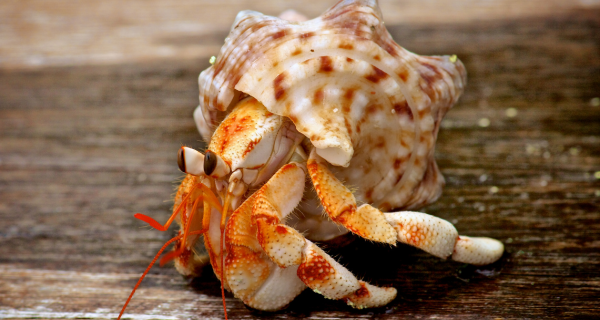

Crazy Crabs are actually land hermit crabs.
Their latin name is Coenibita variabilis.These crabs are native to Australia and are slightly different to species found in the United States. In the USA some species of land hermit crabs live in desert regions, while others are found along the coastlines in warmer climates.
In Australia, land hermit crabs are usually found along beaches and around mangrove swamps in the tropical northern regions.Land hermit crabs live in large colonies and move between the sand dunes and the high tide mark at different times throughout the day.
Hermit crabs are nocturnal
During the daylight hours, they spend most of their time snoozing amongst low growing vegetation or buried in the sand. At night, they venture out to the beach searching for food, bathing and exploring new shells to move into.
In Australia, land hermit crabs hibernate inland from the coast underground, between late April and late August, the winter months.
Reproduction and How They Live
Land hermit crabs breathe air and drink fresh water - Their life cycle has two stages, an aquatic stage and a terrestrial stage.
Aquatic - They begin their life as part of the plankton mass in the ocean. Reproduction is by way of a mass spawning on the beach, then the eggs are carried out to sea on the tide where they grow and develop. During this juvenile stage, they have gills similar to a fish and extract oxygen from the water to breath.
Terrestrial - The crabs move onto the land after growing to around 5mm where they move into their first sea shell home. At this stage of life, their gills change slightly and must be kept moist to allow oxygen to be extracted from the air.
Humidity is important for both keeping their gills moist, and for extracting moisture for drinking. This is why the crabs venture down to the waterline at night to breathe the humid air contained in dew that falls on the beach.


Crazy Crabs need to drink plenty of fresh water!
They cannot drink salty water as it causes dehydration. Fresh water should always be available, preferably in a shallow dish so that they can crawl in and out easily. Crazy Crabs will drown in a deep water dish if they cannot get out.
Terracotta bowls allow the crabs to grip the sides as they move in and out of the water. Make sure the sides are not too high for the crabs to climb over to get a drink. Most tap water contains minerals and chlorine. If your tap water is high in metals, use cold boiled water instead. If your water has a lot of chlorine, leave it stand overnight before giving it to the crabs. The chlorine will evaporate from the water overnight.
Another way to remove chlorine from your tap water is to purchase some dechlorinator liquid from your aquarium shop. Read the directions on the bottle on how to use it.
Land hermit crabs store water both in their body and also inside their shells. Green algae can form inside the shell, this algae coating protects the crabs' soft body from irritation from sand inside the shell or rough internal shell edges. This algae is harmless to the crabs' health. In the wild, land hermit crabs obtain moisture from the food they eat, also from dew on plants amongst the dunes in the early morning. This dew trickles down into the sand along the plant stems.
Crazy Crabs eat cuttlebone.
The same ones you give to your budgerigar! A little cuttlebone from the beach is a rich source of calcium for the crabs, they need calcium in their diet. In the wild Crazy Crabs eat a wide variety of foods. They eat almost whatever they can find either by the waves washing it up onto the beach, or scraps other animals leave behind.They are one of the many natural scavengers on the beach. Their main diet consists of seaweed, cuttlefish, driftwood, dead fish and washed up fruit including mango seeds and mangrove seed pods.
To a Crazy Crab, the beach is a banquet!
In captivity, they do like a varied diet, so they can be happily fed a number of different foods. "Crazy Crab Chow" is a great base diet which can be supplemented with some fruit and vegetables. These crabs eat around a match head of food every few days, they have very small tummies, so remember to remove uneaten fresh foods like fruit before it spoils. It will make their home smelly and bacteria can breed.


Hermit Crabs need a regular salt water bath.
When crabs are small and living in the ocean as plankton, they have a certain amount of salt within their body. After they come to land, this amount of salt is reduced, and because they only drink fresh water, they need to replace the salts in their body.
In the wild, the crabs get this salt from bathing on the shore, and from crawling around on wet beach sand as they look for food. Some would be obtained from the foods they find there.
In captivity it is a very easy task to keep your crabs' salt levels right. There are two ways you can do this:
1. Once a fortnight, you can give your crab a weak salty bath. By placing some room temperature water with a pinch of rock salt into a shallow bowl, either pick up the crab by his shell and gently dip his legs into it, or just let him crawl in and out at his leisure. You can leave this salty water in their cage, but don't forget, they only drink the fresh water. Some people find it easier to do the bath every few weeks, and just supply fresh water everyday.
2. If you have beach sand in your crabs' enclosure, the salts from this sand will end up mixed with their drinking water, so will create a somewhat saltwater bath. It won't be as strong if you replace the water every day, so should do your crabs no real harm. The salt water helps clean their skin too which can become sticky from fruits and mushy types of foods.
In the wild, Crazy Crabs have been known to live for around 50 years!
Growth in these crabs is around 2mm per year, so to reach the size of a tennis ball would probably take around 50 years! They change shells throughout their whole lives as they grow bigger.

In captivity, life expectancy is really a matter of how well they are cared for. Some people have them for years without any trouble, others owners have problems. If you follow the simple rules of caring for them, your Crazy Crabs can live for a very long time indeed.



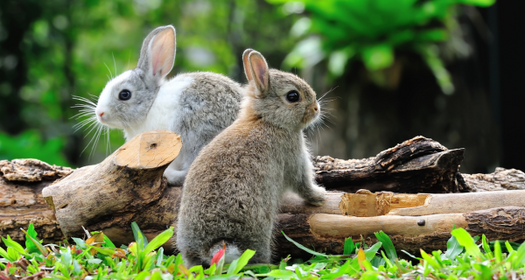
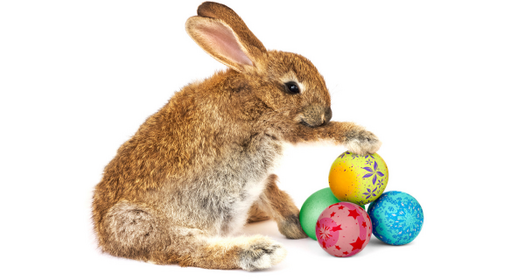
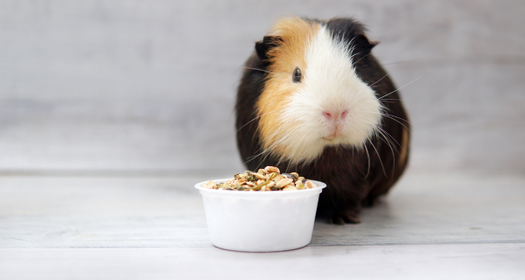
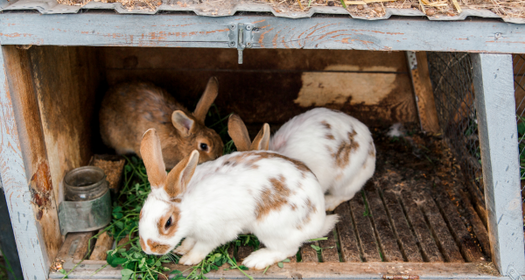




Leave Comment Below